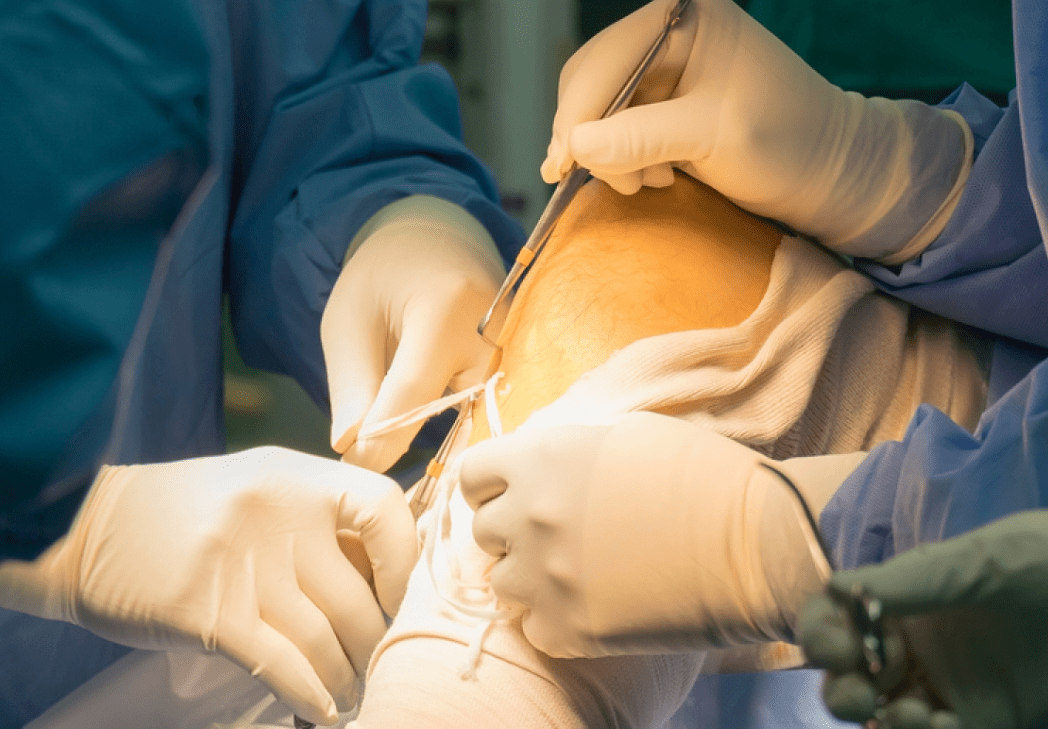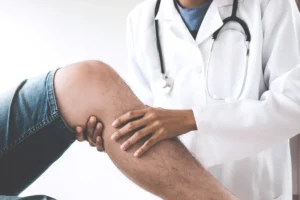Knee arthroscopy is a widely utilized surgical procedure aimed at diagnosing and treating various knee conditions. For individuals considering this treatment option, understanding its success rates is crucial in making informed decisions about their health and mobility.
Understanding Knee Arthroscopy
Knee arthroscopy involves inserting a small camera, called an arthroscope, into the knee joint through small incisions. This procedure allows orthopedic surgeons to visualize and address a range of knee issues, including torn meniscus, ligament injuries, and damaged cartilage. By using specialized instruments inserted through additional small incisions, surgeons can repair or remove damaged tissue with minimal disruption to surrounding tissue.
Factors Influencing Success Rates
Several factors influence the success rates of knee arthroscopy. Patient selection plays a significant role, as individuals with specific conditions and characteristics may benefit more from the procedure than others. Additionally, the experience and skill of the surgeon performing the arthroscopy are critical factors that contribute to successful outcomes.
Research on Success Rates
Recent research provides valuable insights into the success rates of knee arthroscopy across different patient demographics and conditions. Studies indicate varying success rates depending on the specific condition treated, with high percentages of patients experiencing significant improvements in pain relief and knee function post-surgery. For instance, research has shown that arthroscopic surgery for meniscal tears often results in favorable outcomes, with many patients reporting reduced pain and improved mobility.
Benefits and Risks
The benefits of knee arthroscopy include minimally invasive surgery, shorter recovery times compared to traditional open surgery, and reduced risk of complications such as infection. However, like any surgical procedure, knee arthroscopy carries inherent risks, including bleeding, infection, and stiffness. It’s essential for patients to weigh these risks against the potential benefits when considering treatment options.
Recovery and Rehabilitation
Recovery after knee arthroscopy typically involves a structured rehabilitation program focused on restoring knee strength and flexibility. Physical therapy plays a crucial role in helping patients regain full function and mobility. The timeline for recovery varies depending on the severity of the knee condition treated and individual healing factors.
Takeaway
Understanding the success rates of knee arthroscopy empowers patients to make informed decisions about their orthopedic care. Research and case studies highlight the procedure’s effectiveness in treating various knee conditions, providing hope for improved pain relief and restored mobility. Consultation with a qualified orthopedic surgeon is recommended for personalized assessment and treatment planning tailored to individual needs.




